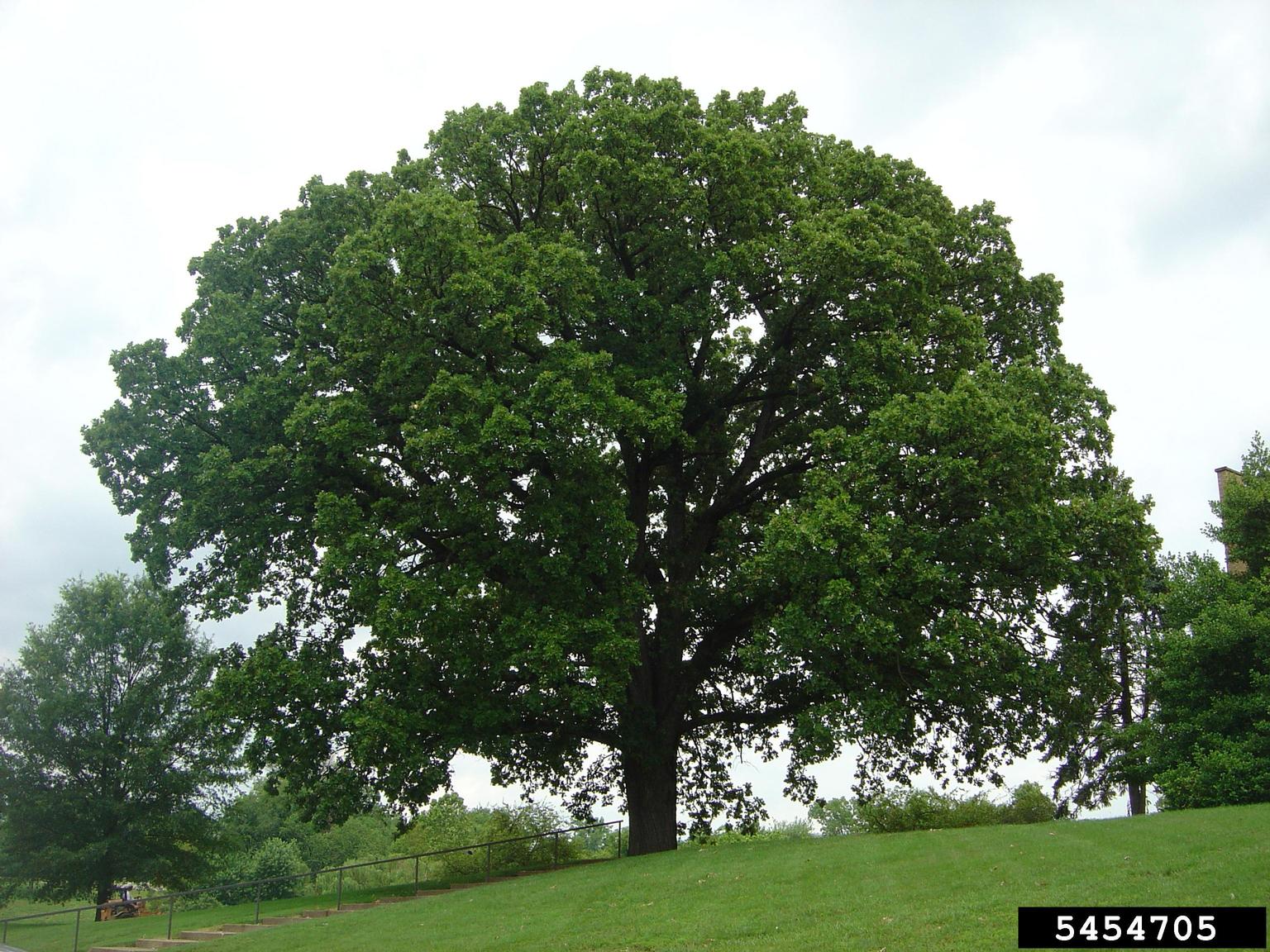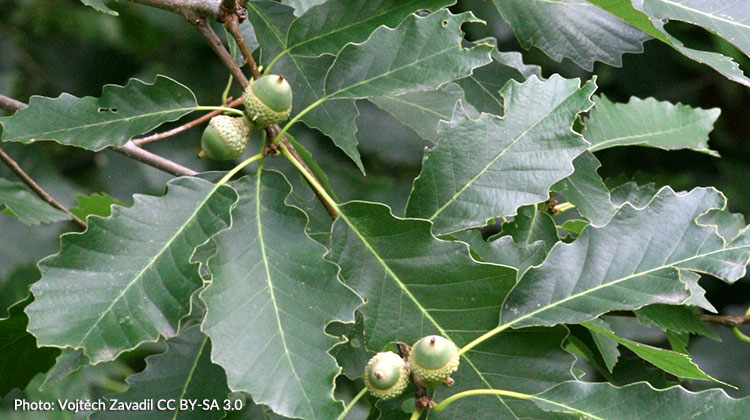Native Tree Starting Kits
For the third year in a row, we’re providing free Native Tree Starting Kits to Hamilton residents to help us grow Hamilton’s urban forest!
Grow your own native tree species! Kit includes (1 of 6 native tree species) 4 tree seeds, soil, growing pot, and tree planting and care instructions. To register for your kit, complete the form HERE.
NO GREEN THUMBS NEEDED: Just follow the easy step-by-step instructions and you’re good to go! When the time is right, we hope to invite you to plant trees at one of our planting events to grow Hamilton’s canopy cover! Read more about Canopy for Community.
This program is generously supported by the Dougher Foundation of the Hamilton Community Foundation with the support of the Conserver Society of Hamilton and District, and several generous seed collectors, including Sheldon McGregor.
Check out last year’s trees:
What is a Native Tree?
A native tree is one that occurs naturally in local forests. Native trees are important for providing food and shelter for our wildlife and for manufacturing oxygen for both animals and humans.
Learn More About Native Trees Below:
About Butternut Trees
:max_bytes(150000):strip_icc()/4703417775_d034bfa7fd_o-58e6e3a33df78c516267d676.jpg)
Butternut (Juglans cinerea) is a native tree that grows throughout central and eastern North America – in Canada, they can be found in Ontario, Quebec, and New Brunswick. Butternut is considered endangered according to the Species at Risk in Ontario list. It is also known as white walnut for its pale gray bark and is related to the black walnut tree (Juglans nigra) and other members of the walnut family.
Photo Source: ValerieZinger/Flickr
Butternut is a medium-sized tree that can grow up to 30 meters high and can be easily recognized by its compound leaves – which are made up of 11 to 17 leaflets. The fruit of the butternut is a large nut surrounded by a light green, sticky, fuzzy husk. It is not as round as the black walnut but rather longer than wider. Its nuts are edible to humans – the nut is oily and can be eaten as is when matured or prepared in a variety of ways. Fun fact: The Iroquis crushed and boiled butternuts and served the mixture as baby food or drinks, or processed it into bread, puddings, and sauces.
Photo Source: The Spruce / Evgeniya Vlasova
About Kentucky Coffeetree
 Kentucky Coffee-tree (Gymnocladus dioicus) – a species at risk plant – is rare throughout its range as it is scattered throughout southwest Ontario (only 20 locations in 2000).
Kentucky Coffee-tree (Gymnocladus dioicus) – a species at risk plant – is rare throughout its range as it is scattered throughout southwest Ontario (only 20 locations in 2000).
Kentucky Coffee-tree can grow up to 25 metres high and is fairly short-live – about 100 to 150 years if healthy. Kentucky Coffee-tree has the largest leaf of any native tree (up to 90 cm long) and is doubly pinnately compound with small and oval leaflets (70 leaflets). The name “Gymnocladus” is the Greek name for “naked branch,” as it leafs out very late in the spring and falls early during the autumn. Their thick brown pods are large, 12 to 20 cm long, and remain on the trees through the winter. The bark is dark gray, with thin, scaly ridges curling outward along their edges.
About Eastern White Cedar

Eastern white cedars (Thuja occidentalis) are conical trees that remain green throughout the year, bringing vibrancy to your yard even during the winter months.
White cedars can grow up to 15 meters high and are also one of the best tree species for protecting soil from erosion and stabilizing stream banks and lake shores. Its slender trunks feature peeling red-brown bark concealed by flat, scale-like foliage (4-5 mm) that emits a lively scent when touched. During spring, small cone-like flowers emerge, maturing into brown cones by fall. The term “White Cedar” in Latin translates to “tree of life,” attributed to the perceived healing qualities found in its sap, bark, and twigs.
Photo Credit: Government of Ontario
About Burr Oak Trees
 Burr Oak (Quercus macrocarpa) is part of the white oak category and is most commonly found in Canada. It can range from southeastern Saskatchewan, southern Manitoba, Ontario and Quebec and east to New Brunswick. It is more commonly found in the Deciduous Forest Region and in scattered groupings throughout the Great Lakes-St. Lawrence Forest Region.
Burr Oak (Quercus macrocarpa) is part of the white oak category and is most commonly found in Canada. It can range from southeastern Saskatchewan, southern Manitoba, Ontario and Quebec and east to New Brunswick. It is more commonly found in the Deciduous Forest Region and in scattered groupings throughout the Great Lakes-St. Lawrence Forest Region.
Photo Credit: Kansas Forest Service
 The burr oak is medium-sized that grows up to 30 meters in height. Its bark is rough, with irregular scaly plates, becoming regularly furrowed with age. Leaves are 15 – 30 cm (6″ – 12″) long with variable irregular lobes. Most leaves are broadest in the upper half and taper to a narrow base. In the fall, leaves turn yellow-green or yellow-brown and may remain on the tree into winter. The acorn cup is rough, shaggily fringed near its rim and almost envelopes the acorn like a burr. It can survive forest fires because it has very thick bark. It can also tolerate drought because its roots grow deep into the ground.
The burr oak is medium-sized that grows up to 30 meters in height. Its bark is rough, with irregular scaly plates, becoming regularly furrowed with age. Leaves are 15 – 30 cm (6″ – 12″) long with variable irregular lobes. Most leaves are broadest in the upper half and taper to a narrow base. In the fall, leaves turn yellow-green or yellow-brown and may remain on the tree into winter. The acorn cup is rough, shaggily fringed near its rim and almost envelopes the acorn like a burr. It can survive forest fires because it has very thick bark. It can also tolerate drought because its roots grow deep into the ground.
Photo Credit: Arborilogical
About Chinquapin Oak Trees
Chinquapin Oak (Quercus muehllenbergii) is a Carolinian species, common throughout the eastern United States but only found in southern parts of Ontario. It can be referred to as Yellow Chestnut Oak as it is one of the ‘chestnut oaks’ in the white oak group.
Photo Credit: Wilson Landscape and Tree Nursery
 The chinquapin oak can grow up to 30 meters in height and 60 cm in diameter. When mature, its bark becomes pale gray with thin, narrow scales. Leaves are long, alternate, blades, with 8-15 sharp, pointed, and bristled teeth per side. Chinquapin oak leaves are glossy, coarsely toothed, yellow-green leaves that are smaller than most oaks and resemble chestnut leaves. Its acorns are edible and sweet – about ¾” long and ovoid in shape when mature.
The chinquapin oak can grow up to 30 meters in height and 60 cm in diameter. When mature, its bark becomes pale gray with thin, narrow scales. Leaves are long, alternate, blades, with 8-15 sharp, pointed, and bristled teeth per side. Chinquapin oak leaves are glossy, coarsely toothed, yellow-green leaves that are smaller than most oaks and resemble chestnut leaves. Its acorns are edible and sweet – about ¾” long and ovoid in shape when mature.
Photo Credit: Vojtech Zavadil
About Swamp White Oak Trees
 Swamp White Oak (Quercus bicolor) is a member of the white oak group – which includes bur oak and white oak. This native rugged tree is uncommon, but can be found in moist bottomlands in southwestern Ontario, in the Niagara Region and an isolated stand at the eastern edge of Ontario-Quebec.
Swamp White Oak (Quercus bicolor) is a member of the white oak group – which includes bur oak and white oak. This native rugged tree is uncommon, but can be found in moist bottomlands in southwestern Ontario, in the Niagara Region and an isolated stand at the eastern edge of Ontario-Quebec.
Photo Credit: Plant It Wild

Swamp White Oak grows up to 22 meters tall and 21 meters wide with some specimens living up to 300 years old. Young swamp white oaks have an attractive peeling bark which becomes deeply ridged and dark brown. Its leaves are lobed with a two-tone appearance – dark green on top with a silvery-white underside. The acorns have a long stalk and the scales on the acorn cap are recurved and pointed.
Photo Credit: Purdue University Fort Wayne
Start your tree seeds indoors now.
Share what you learn about growing native trees and all their benefits as they sprout through the months on social media and join our Facebook Page #GVPlantsTrees! (Use the hashtag #CanopyForCommunity)
For more information:
Email: trees@greenventure.ca
Phone: 905-540-8787
How to pot up your red acorns
How to transplant your seedlings
This program is funded through the Dougher Foundation of the Hamilton Community Foundation, with the support of the Conserver Society of Hamilton and District.









